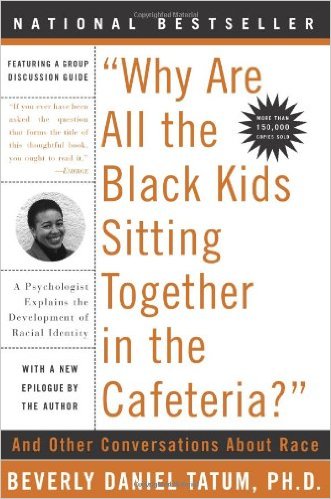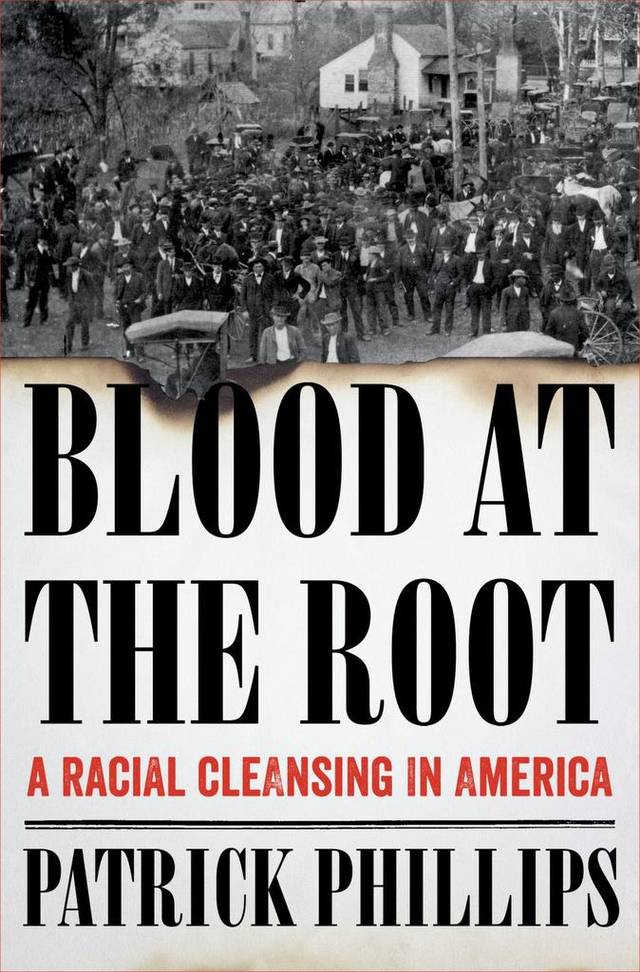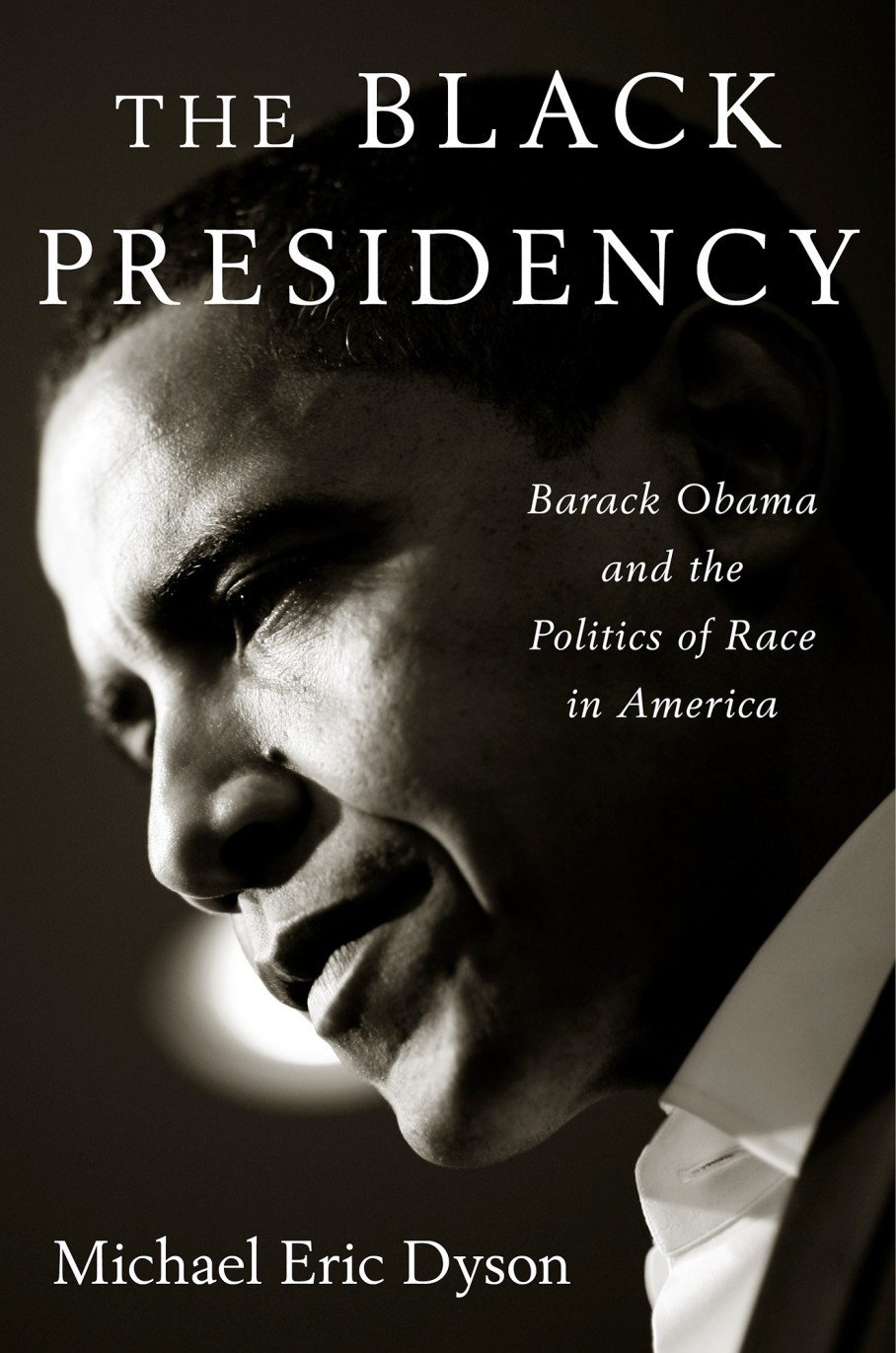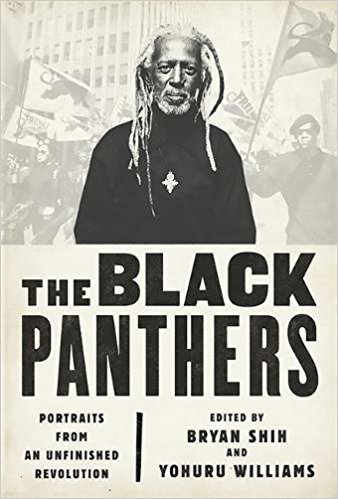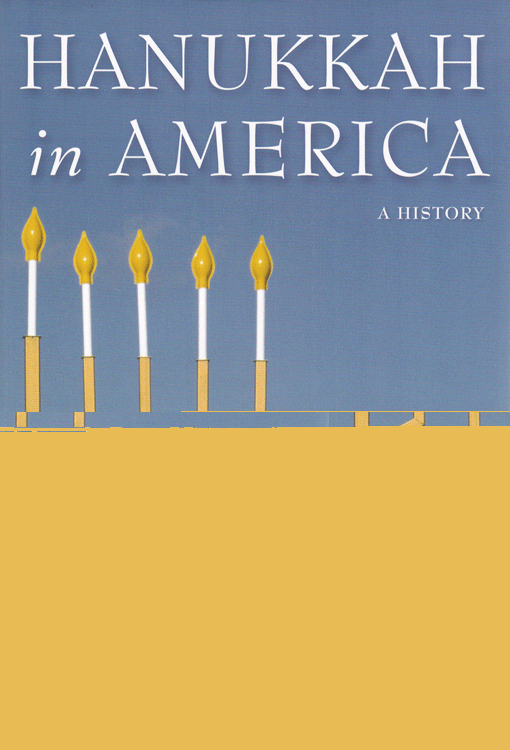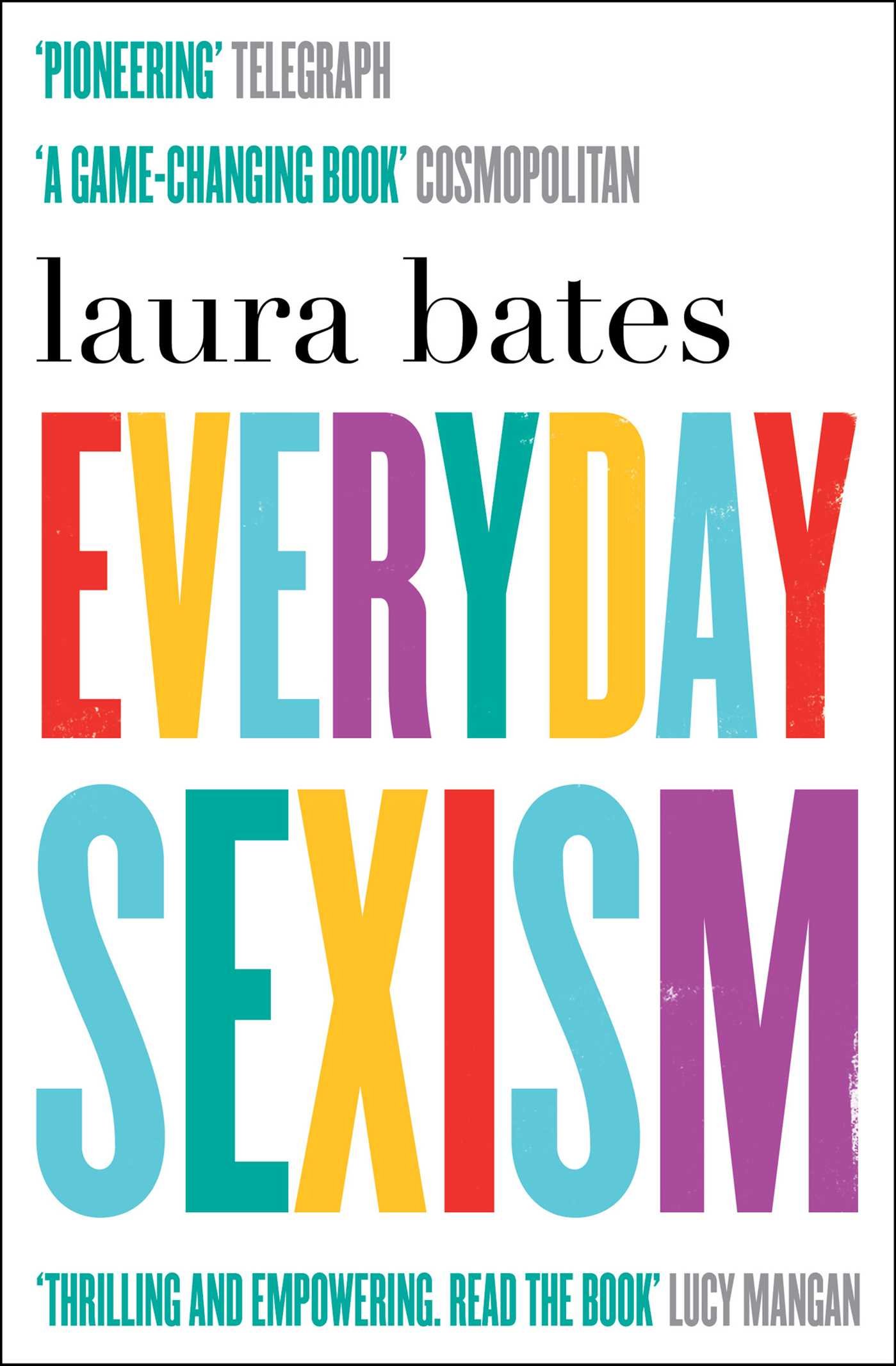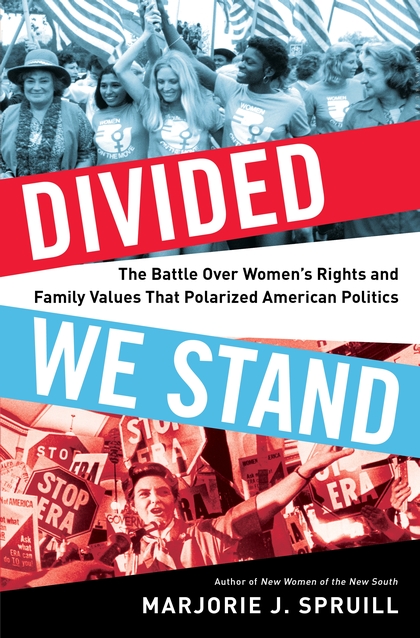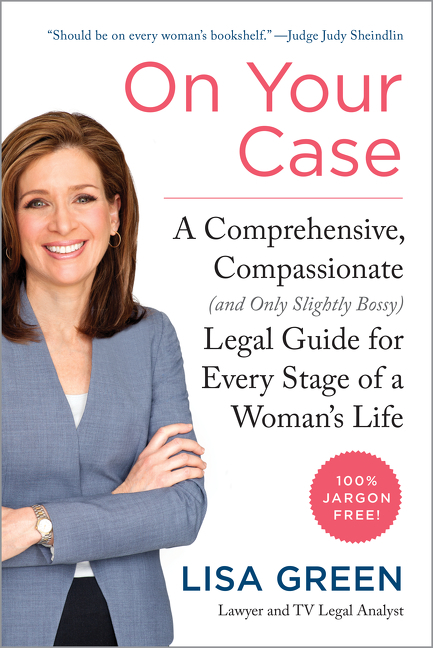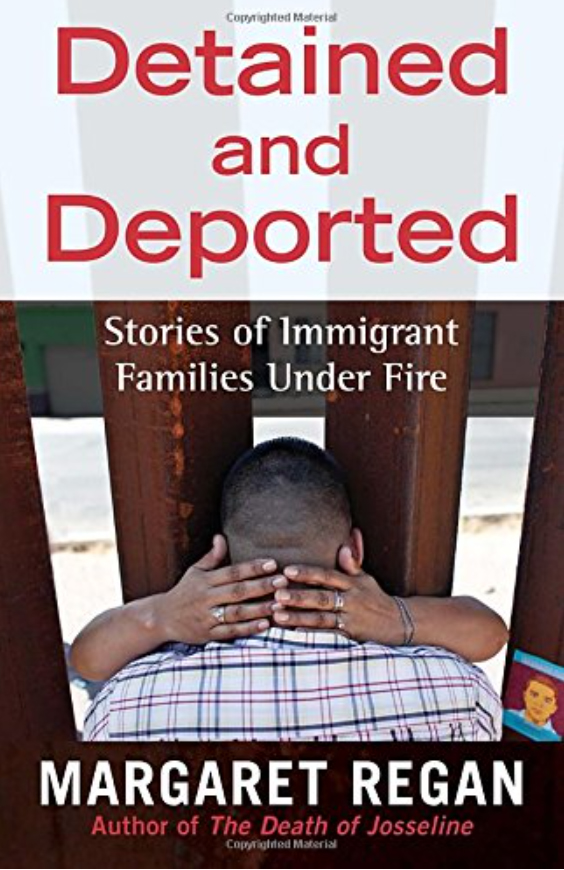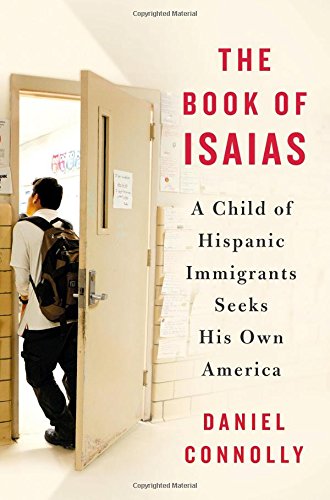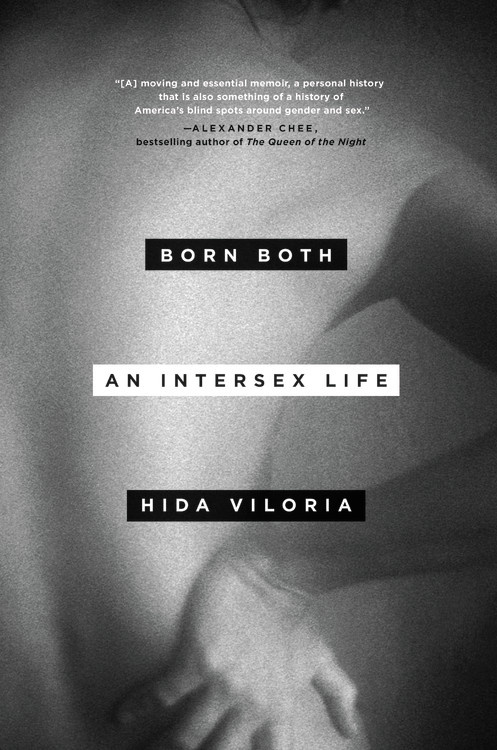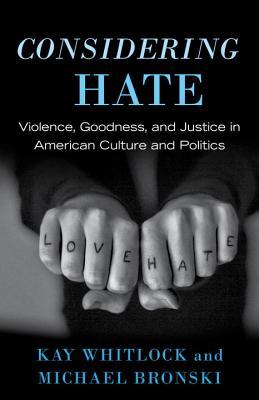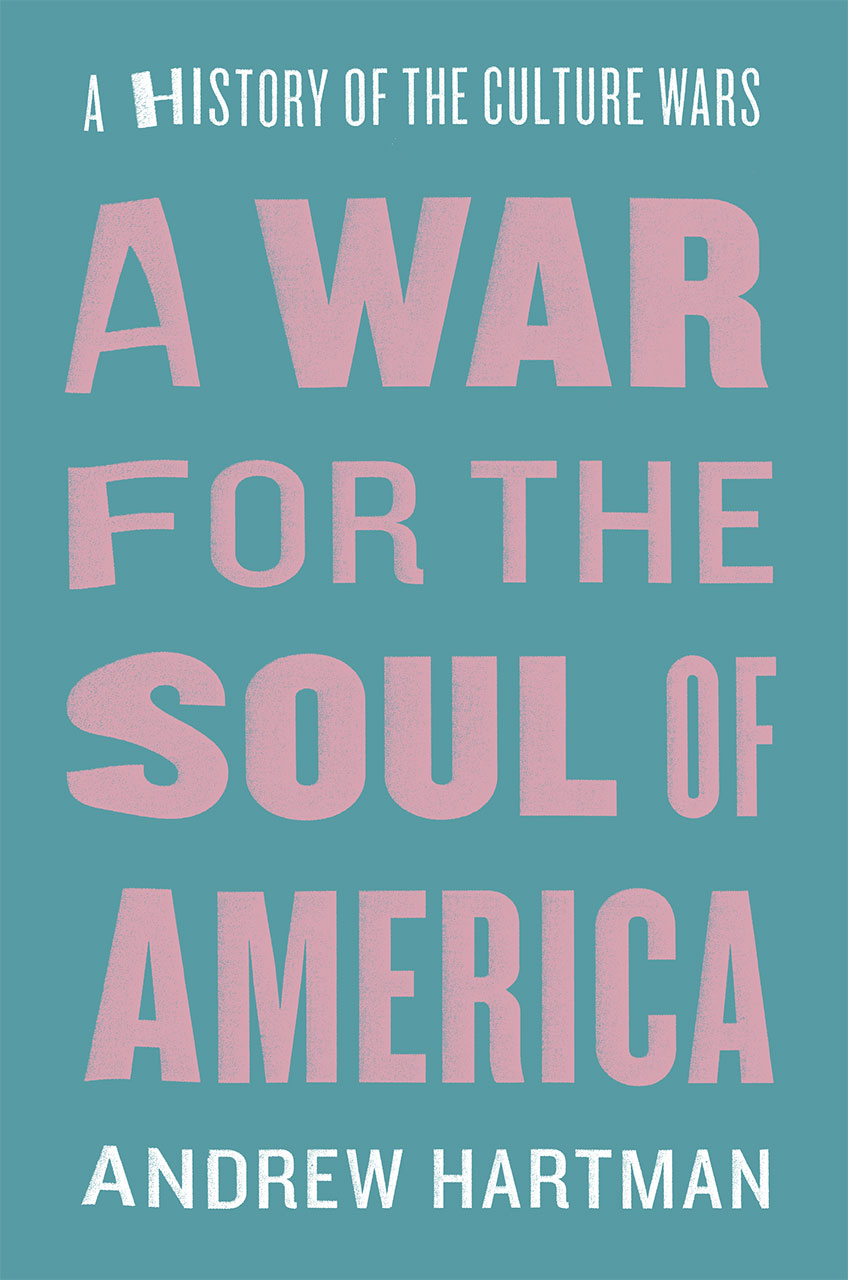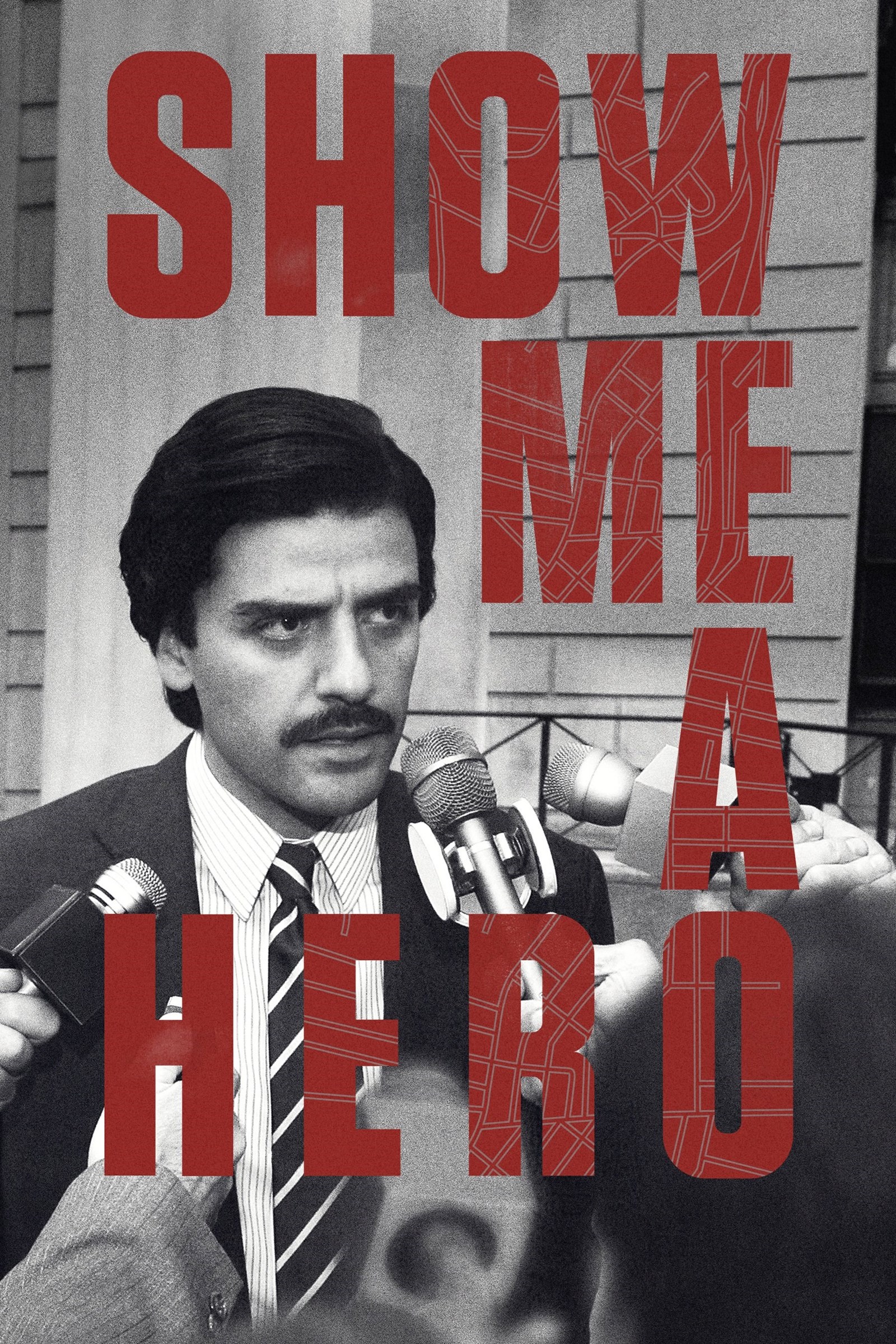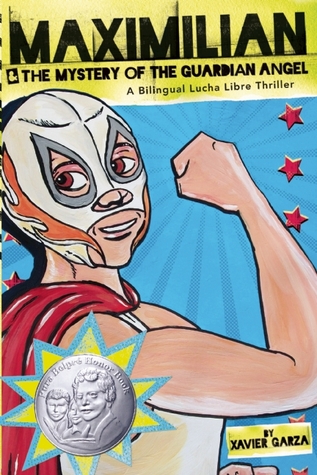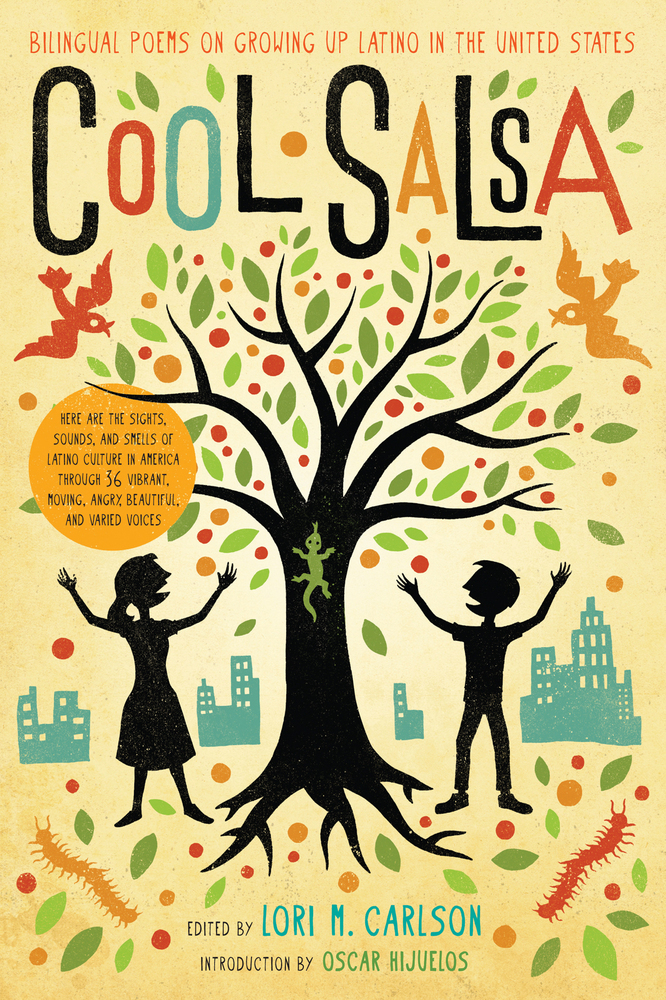THE MOVIE RACK
CIVIL RIGHTS IN AMERICA
42 (2013) – The story of Jackie Robinson from his signing with the Brooklyn Dodgers organization in 1945 to his historic 1947 rookie season when he broke the color barrier in Major League Baseball, including the hardships he faced from racist teammates, fans, and others.
10,000 Black Men Named George (2002) – depicts union activist A. Philip Randolph’s efforts to organize the black porters of the Pullman Rail Company in the 1920s
All the Way (2016) – Bryan Cranston stars as Lyndon Johnson, who becomes the President after JFK’s assassination and spends his first year in office fighting to pass the Civil Rights Act and gain the trust of Martin Luther King.
The Butler (2013) — As Cecil Gaines (played by Forest Whitaker) serves eight presidents during his tenure as a butler at the White House, the civil rights movement, Vietnam, and other major events affect his life and work, his wife (played by Oprah Winfrey), and his son, who gets swept up in the rising tide of black radicalism and separatism.
Fences (2016) – In this film version of August Wilson’s play, a working-class African-American father (played by Denzel Washington) tries to raise his family in the Pittsburgh of the 1950s, while coming to terms with his troubled past, the racism he confronts every day, and his son’s hopes that the world is changing for the better.
Freedom Song — (2006) – Describes the efforts of SNCC to register voters and change minds in a small town in Mississippi (based on the actual town of McComb) in 1961, starring Danny Glover.
Ghosts of Mississippi (1996) – Depicts the real-life efforts of a Mississippi district attorney (played by Alec Baldwin) and the widow (Whoopi Goldberg) of Medgar Evers to finally bring a white racist to justice for the 1963 murder of the civil rights leader.
Guess Who’s Coming to Dinner (1967) – Tepid by today’s standards, the film’s all-star cast (Spencer Tracy, Sidney Poitier, and Katharine Hepburn) depicts the anxieties of a liberal white middle class couple when their daughter introduces them to her African American fiancé.
The Help (2011) – Looks at life in the 1960s South from the perspective of African American maids, the daily hardships they endure, and their participation in the civil rights movement despite retaliation from their white employers, starring Viola Davis, Octavia Spencer , and Emma Stone
In the Heat of the Night (1967) — An African American police detective from Philadelphia, PA (played by Sidney Poitier) is asked to investigate a murder in a racially hostile Mississippi town under the guidance of a skeptical white sheriff (played by Rod Steiger).
The Long Walk Home (1990) — Sissy Spacek and Whoopi Goldberg star in this remarkable depiction of the Montgomery bus boycott from participants’ perspective.
Loving (2016) — The true story of Richard and Mildred Loving, an interracial couple, whose challenge of their anti-miscegenation arrest for their marriage in Virginia led to a legal battle that would end at the Supreme Court.
Malcolm X (1992) – Denzel Washington stars as the controversial and influential Black Nationalist leader, from his early life and career as a small-time gangster, to his ministry as a member of the Nation of Islam, to his changing views about race and politics.
Mississippi Burning (1988) – Two white FBI agents (played by Gene Hackman and Willem Dafoe) with very different styles arrive in Mississippi and face hostility from most local residents when they investigate the disappearance of three civil rights activists (based on a true story)
Nothing But a Man (1964) — A proud black railroad worker tries to maintain his dignity in a racist small town near Birmingham, Alabama, after he marries the local preacher’s daughter.
A Raisin in the Sun (1961) – film version of Lorraine Hansberry’s pathbreaking play, starring Sidney Poitier, Claudia McNeil and Ruby Deal, describes the struggles of a black family trying to survive in Chicago and striving for a better way of life
Selma (2014) — A chronicle of Martin Luther King’s campaign to secure equal voting rights via an epic march from Selma to Montgomery, Alabama in 1965, focusing on his efforts to hold together the civil rights coalition and negotiate a working partnership with President Johnson
To Kill A Mockingbird (1962) – Based on Harper Lee’s novel, Gregory Peck stars as Atticus Finch, a lawyer in the Depression-era South, who defends a black man against an undeserved rape charge and his children against prejudice.
Remember the Titans (2000): Denzel Washington plays football coach Herman Boone, who faces prejudice and mistrust when a 1971 court order mandates integration of Virginia high schools. As his school's first black coach, he meets with opposition from the white former coach (now his assistant), school officials and several white players. He assembles a team of both black and white students, who clash and resent one another until they gain mutual respect on the field. It's a rousing sports saga with a compelling history lesson to tell.
Talk to Me (2007): A captivating biopic starring Don Cheadle in a superb performance as popular Washington, D.C., radio personality (and ex-convict) Ralph Waldo "Petey" Greene. Greene's voice gave hope to the African-American community during the turmoil of the 1960s and particularly in the wake of Martin Luther King's assassination. Directed by Kasi Lemmons, the terrific ensemble cast — including Chiwetel Ejiofor (12 Years a Slave), Taraji P. Henson and Cedric the Entertainer — brings the era to vivid life, intensified by a wonderful soundtrack.
Do the Right Thing (1989): The film that brought Spike Lee to the mainstream is as remarkable as it was the year it was released. It is, on the one hand, a quintessential New York film, painting in vibrant hues a 24-hour portrait of the Bedford-Stuyvesant neighborhood in Brooklyn on the hottest day of the summer. That heat is both literal and metaphorical, with racial tensions building to an explosive finale as the mercury rises around a white-owned pizza shop in a black neighborhood. As with Lee's best work, the film shies away from pat explanation and easy answers.
Fruitvale Station (2013): Ryan Coogler’s powerful, acclaimed debut feature is based on the real-life shooting – publicly decried by many as police brutality - of young, unarmed African-American Oscar Grant (played by Michael B. Jordan) by a rail transit officer in California in 2009. The film, set for UK release later in the year, follows him on his last day alive.
Just Another Girl on the IRT (1992): An opening title declares this low-budget, savvy and witty Sundance hit "A Film Hollywood Dared Not Do". Directed by Leslie Harris, it focuses on Chantel (Ariyan Johnson), a young African-American living in Brooklyn (the title namechecks a New York subway line) whose career ambitions are challenged by her history teacher's demands she tone down her straight-talking attitude about racial inequality and by an unplanned pregnancy.
Hard Lessons (1986): A young Denzel Washington stars here in one of his first films, directed by African-American filmmaker Eric Laneuville. It follows the true story of Los Angeles teacher George McKenna, who tries to put his students on the right track, away from lives of drug abuse and gang violence.
Mississippi Damned (2009): Up-and-coming black filmmaker Tina Mabry wrote and directed this indie drama based on her own life growing up in Tupelo, Mississippi. The movie takes a hard look at the effects the cycle of poverty can have on children and families.
Get on the Bus (1996): drama film about a group of African-American men who are taking a cross-country bus trip in order to participate in the Million Man March. The film was directed by Spike Lee and premiered on the one-year anniversary of the march.
Hidden Figures (2016): American biographical drama film directed by Theodore Melfi and written by Melfi and Allison Schroeder, based on the non-fiction book of the same name by Margot Lee Shetterly about black female mathematicians who worked at the National Aeronautics and Space Administration (NASA) during the Space Race. The film stars Taraji P. Henson as Katherine Johnson, a mathematician who calculated flight trajectories for Project Mercury and other missions. The film also features Octavia Spencer as NASA supervisor Dorothy Vaughan and Janelle Monáe as NASA engineer Mary Jackson.
Marshall (2017): American biographical legal drama film directed by Reginald Hudlin and written by Michael and Jacob Koskoff. It stars Chadwick Boseman as Thurgood Marshall, the first African-American Supreme Court Justice, and focuses on one of the first cases of his career, the State of Connecticut v. Joseph Spell.
THE IMMIGRANT EXPERIENCE
I Remember Mama (1948): The early 20th-century play I Remember Mama was a big hit, likely because it was a story familiar to many Americans: the tale of a family of immigrants around the turn of the century. Dreaming of a land of milk and honey, the Hansens instead find a lean existence in their new country; in fact, the play was based on a novel called Mama’s Bank Account, as the matriarch watches every penny to ensure the survival of her family. As the characters soon find new opportunities in America, they learn that objects mean a lot less than what their family has to offer. To play the title role, the usually glamorous Irene Dunne donned a Norwegian accent, various aprons, and a braid wrapped around her head that might as well have been a halo. Her transformation won her an Oscar nomination, along with three other members of the cast, including a young Barbara Bel Geddes as the narrator, Katrin. Mama spurred a long-running CBS sitcom and remains the standard for sweetly idealized immigrant family stories, at a distance from less-sentimental takes at the time, like A Tree Grows In Brooklyn.
Gangs Of New York (2002): A Martin Scorsese movie inspired by a 1927 nonfiction book of the same name, Gangs Of New York offers an America where citizens who aren’t Dutch, English, or native born are considered less than. The film—which has excellent performances from Leonardo DiCaprio and Daniel Day-Lewis, as well as an ill-advised romantic subplot—tells the story of the ethnocentric gangs circling New York City’s Five Points neighborhood around the Civil War, including the self-explanatory Natives, headed by Day-Lewis’ Bill “The Butcher” Cutting, and the Dead Rabbits, an Irish immigrant conglomerate headed by DiCaprio’s Amsterdam Vallon. While Vallon’s Irish contingent is slowly becoming the dominant population in the neighborhood, The Butcher’s Natives hang on firmly, thoroughly convinced of their racial and national superiority. The film is as brutal as it is long and culminates in a knock-down, drag-out knife fight between the native born and the Irish, one that should serve as a reminder of the old adage that, especially when you’re talking about global identity politics, an eye for an eye leaves the whole world blind—or dead in the street, as it were.
Avalon (1990): The most personal of Barry Levinson’s nostalgic, semi-autobiographical “Baltimore” films, Avalon draws its inspiration from the director’s own background as the son of Russian Jewish immigrants. There are certainly details specific to that experience: the culture clash between Yiddish-speaking elders and a baffled second generation; the lingering shadow of the Holocaust; the family’s assimilation through embracing holidays like Thanksgiving and the Fourth Of July, and even “Americanizing” their names. But its overarching story is a more universal one. As the Krichinsky family puts its roots down in the Promised Land—chasing upward mobility and all the suburban sprawl and TV sets that come with it—the ties that bind begin to loosen, and those links to its past fade into a grandfather’s wistful muttering of an old world no one else hastens to remember. Avalon is often a mournful film, lamenting the many ways in which the modern family has been broken and divided by ambition and distraction. Yet it’s also a moving reminder that we all come from somewhere else and that cutting ourselves off from that heritage only leads to loneliness.
Moscow On The Hudson (1984): There were fewer more delightful topics for pop culture during the Cold War than depicting America as paradise for anyone willing to work for it in comparison to the perpetual winter of brutalist Soviet Russia. Vladimir Ivanoff (Robin Williams) must suffer the indignities of the crumbling late Soviet era: waiting in long lines for toilet paper and shoes, then having to relinquish the shoes as a bribe in order to keep his job as a saxophone player for the Russian Circus. It’s no surprise then when the circus travels to perform in America that Vladimir chooses Bloomingdale’s—a shining house of capitalism—as his impromptu embassy in which to defect and escape his KGB handlers. Most of the movie is a comedy of errors, depicting the daily trials of an uncertain, nonfluent newcomer filtered through William’s nervous, goofball sensibility, all malapropisms and wild gestures. In another prominently branded set piece, Vladimir takes a job working behind the counter of McDonald’s. As both a mild critique and celebration of the franchise’s ubiquitous message, Vladimir is stuck in a broken loop of adding “Mc” as a prefix to every word he pronounces. He’s traded Russia’s oppressive culture for America’s. Meet the new boss, same as the old boss.
The Immigrant (2014): The first film to actually shoot on Ellis Island, James Gray’s epic The Immigrant is a profound American narrative that doesn’t shy away from the hard realities of poor 1920s emigres. Ewa Cybulska (Marion Cotillard) arrives at the island processing center having been flagged as a woman of questionable morals, and ends up seeking the aid of Bruno (Joaquin Phoenix), a man who emcees a dingy burlesque revue and pimps out the girls after hours. But rather than a simplistic tale of the false promise of America and stock characters of the long-suffering woman and her roguish exploiter, the movie looks with empathy upon all these hardscrabble lives. Bruno is sad and conflicted, and Ewa finds pride in unlikely places. Her Polish heritage, his disavowed Judaism, and the traditions and expectations of immigrant neighborhoods within New York City all play integral roles in creating a wholly realistic and rich exploration of the era and its denizens.
Heaven’s Gate (1980): Director Michael Cimino pulled off the near-impossible feat of squandering all the goodwill he gained with 1979’s Oscar champion The Deer Hunter by dropping a bomb for the ages. Heaven’s Gate offers a fictionalized version of a little-known chapter in history called the Johnson County Wars, in which various settlers fought over land and cattle in Wyoming in the 1890s. In Cimino’s version, hordes of Eastern European settlers swarmed the area, whereas in actuality, the immigrant population was likely not as all-encompassing. But the take did offer Cimino the chance to show how these new settlers would try to keep their own traditions in a new country, leading to a standoff against more established ranchers.
Stroszek (1977): Stroszek follows an ex-convict (occasional leading man Bruno S., for whom the filmmaker wrote the project), a prostitute (Eva Mattes), and an old coot (Clemens Scheitz) as they leave their hard-knock lives in Berlin for the greener pastures of Wisconsin. Things do not go as they might have hoped. Simply setting an immigrant story in rural America, as opposed to a big city (and specifically New York, which does make an appearance), distinguishes Stroszek.
An American Tail (1986): America, the land of freedom and opportunity—and no cats. Such is the promise chased by the Mousekewitzes in Don Bluth’s animated An American Tail, as they leave behind their Cossack-torn homeland of Russia and journey to a place where they can live their lives without fear, in a country where “the streets are paved with cheese.” The 1986 film naturally shies away from making its parable of the Jewish immigrant experience too explicit; it’s supposed to be a kids’ movie, after all. Still, it can’t help but evoke some of the doom and gloom that makes the journey so treacherous, which is captured here in the story of young Fievel’s separation from his family and his attempts to navigate a strange new land filled with con men looking to exploit naïve foreigners, gangs warring along ethnic lines, and the realization that America isn’t the paradise it’s been made out to be. But of course, Fievel’s struggles only make the inevitable happy reunion with his relatives all the sweeter, offering testament to the indomitable optimism that this country was built on.
In America (2003): In America is a strange paradox: an immigrant story of hardship and mourning that also glows with an almost Spielbergian fairy tale twinkle. Written by director Jim Sheridan and his daughters, the loosely autobiographical drama follows an Irish family—Johnny (Paddy Considine), Sarah (Samantha Morton), and their children, Christy (Sarah Bolger) and Ariel (Emma Bolger)—as they illegally emigrate into the country, moving into a rundown tenement building in Hell’s Kitchen. Much of the film deals with how this crestfallen clan deals with its grief following the death of the youngest child—a detail torn from the director’s childhood, when he lost his own brother. But Sheridan also filters this heavy material, and the grittiness of his pre-cleanup 1980s New York setting, through the eyes of his preadolescent characters: The Sullivans are poor and struggling and bereaved, but they see wonder in the big city they’ve made home, and kindness in another immigrant who lives next door, an anguished artist played by Djimon Hounsou.
Man Push Cart (2005): Ahmad (Ahmad Razvi) was a rock star in his native Pakistan. In America, he sells coffee on street corners, pushing a heavy cart up and down New York City blocks to carve out a meager living. The debut feature from Ramin Bahrani, who’s devoted his entire career to working-class stories, Man Push Cart is about how personal and professional woes can converge to turn daily life into a crushing burden.
Dancer In The Dark (2000): Traveling to new shores may mean opportunity or relative safety, but it also means vulnerability. Lars Von Trier’s 2000 musical drama Dancer In The Dark is a soul-shattering story of exploitation. Selma Jezkova (Björk), a Czech immigrant, works a factory job in Washington state—a job made more dangerous by the day due to her degenerative eye disease. Her sole purpose is to earn enough money to afford the surgery that will spare her son the same fate. For hope and relief, Selma turns to the romance of American musicals. She spends her free time at the cinema just listening while her friend taps out the dance moves on her palm, and when life’s heaviness or tedium overwhelms her, she escapes into daydreams where the whir and clank of her surroundings build into full-on musical productions involving anyone nearby. But her naïve dreams—forgive the phrasing—blind her to the competitive reality of poverty around her. In the end, a desperate neighbor takes advantage of her, pretending to leave her apartment and spying where she keeps her cash. He then scapegoats her for his own mistakes and drags her into a tragic undoing involving the legal system against which she never stood a chance.
The Godfather Part II (1974): “I believe in America,” Bonasera the undertaker tells Vito Corleone at the beginning of the first Godfather. “America has made my fortune.” In The Godfather Part II, you find out how that belief applies to the Corleones as well. For all the storied scope of the film, spanning generations of the Corleone family business, it tells its story in small, almost procedural details: the health inspections at Ellis Island, the shakedown structure in 1917 New York, the lawyerly back and forth of a Senate investigation. By bifurcating the timeline and layering Vito’s rise to power over Michael’s, Francis Ford Coppola illustrates that belief in America twice, the details of each throwing the other into relief.
Stranger Than Paradise (1984): Jim Jarmusch’s 1984 debut won the Caméra D’Or at Cannes and inspired a new generation of indie cinema. At its core is an outsider’s view of America. New Yorkers Willie (John Lurie) and his buddy Eddie (Richard Edson) host Willie’s Hungarian cousin Eva (Eszter Balint) when she comes for a visit, and we see her view of this strange new country through their eyes: a world where meals are encased in foil and fortunes rise and fall based on the fickle fates of the dog track. The three eventually travel to Cleveland and then to Florida, but in Jarmusch’s slick direction, all three places are indistinguishable from each other with their bleak black-and-white landscapes and cheap motel rooms. Eva’s American wants are meager—Chesterfield cigarettes and Screamin’ Jay Hawkins songs—but they appear to be enough to make her reject her home country in the end. Or maybe Eva stays because, as Eddie says, “You come to someplace new, and everything looks just the same,” so why not stay in Cleveland, if it looks just like Budapest?
The Visitor (2007): The immigrant experience changes with every generation, and Tom McCarthy’s The Visitor is a compassionate portrait of the unique challenges faced by newcomers to a post-9/11 America. Richard Jenkins stars in a rare leading-man turn as Walter, a listless college professor who returns to the apartment he keeps in New York City only to find that it’s being occupied by two undocumented immigrants, Tarek (Haaz Sleiman), a Syrian musician, and Zainab (Danai Gurira), his Senegalese girlfriend. Despite his initial shock, Walter lets the couple stay in the apartment, where Tarek’s love of music begins to rub off on Walter, giving him a passion for life he hasn’t had in years. Their tentative friendship takes a dramatic turn for the political, however, when Tarek is arrested and sent to a detention center in Queens. Walter springs into action to try to rescue Talek from this nightmare, experiencing the cold, unsympathetic nature of the bureaucratic system firsthand.
The Namesake (2006): Born in India but now based in New York, with a body of work that stretches from Mumbai to Mississippi, writer-director Mira Nair was the ideal choice to adapt Jhumpa Lahiri’s debut novel about a young Bengali couple that leaves Calcutta to raise a son on the American East Coast. The Namesake explores the immigrant experience through both a first- and second-generation lens: Flashbacks to arranged spouses Ashoke (Irrfan Khan) and Ashima (Tabu) adjusting to life in New York in the late ’60s offset the main storyline, in which their son, Gogol (Kal Penn), begins to tentatively explore his heritage, including investigating the name he’s always resented. The result is a decades-spanning drama that understands the challenge of building a life in a different country while still keeping the traditions of your homeland alive (especially for kids who’ve known only one culture their whole lives).
Brooklyn (2015): Brooklyn—John Crowley and Nick Hornby’s adaptation of Colm Tóibín’s novel—weighs the values of immigration as reflected through a heroine who isn’t driven by necessity. In the 1950s, Eilis (Saoirse Ronan) bids farewell to a quiet, but not unhappy, existence in Ireland to journey to New York. Upon arriving she’s beset by a fierce case of homesickness that numbs her to her surroundings. It finally lets up when she meets Tony (Emory Cohen), who not only pursues a romance with her but also allows her to see how she could build a life for herself in America. But just as she’s settling into those joyous rhythms, a death necessitates a trip back to Ireland. She returns a more confident young woman, but even as she wears the advantages of her new life proudly—in some cases literally, what with her swank fashions—she feels a stronger connection to her homeland that makes the prospect of going back to America unappealing, despite the man waiting for her.
Sugar (2008): It’s not just American kids who get seduced by the impossible dream of American athletics. Professional baseball, especially, has a habit of chewing up and spitting out young prospects from the Dominican Republic, among other places south of the border. That’s mostly the arc of Anna Boden and Ryan Fleck’s Sugar, about a pitcher (Algenis Perez Soto) from San Pedro De Macorís who gets drafted by the big leagues, then struggles to adapt to both life in the States and the high expectations put on him as a rookie with a lot riding on his first season.
WOMEN'S RIGHT: EMPOWERED AND POWERED UP
A League of Their Own (1992): World War II leaves Major League Baseball embarrassingly short on men, and a special women’s league is born. The story follows two sisters (Geena Davis and Lori Petty) as they make their way on and off the field, and their curmudgeonly, somewhat washed-up coach (Tom Hanks).
Fried Green Tomatoes (1991): Unhappily married Evelyn Couch (Kathy Bates) meets Ninny Threadgoode (Jessica Tandy), who tells her stories about women she used to know. There are female friendships. The (albeit ambiguous) loving lesbian relationship. The older women who are given substantive, meaningful screen time. The message is of empowerment and self-determination.
Confirmation (2016): At this point, we expect Kerry Washington to play powerful women, and in Confirmation she plays a real life feminist hero. The film is HBO’s treatment of the all-too-real controversy around Judge Clarence Thomas’s Supreme Court nomination. Washington plays Anita Hill, who throws a big old wrench into the proceedings by testifying about the sexual harassment to which Thomas had subjected her. If you’re up on the news, you should know that Clarence Thomas does make it the SCOTUS bench (he’s still there, in fact), but Hill’s testimony kickstarted the national conversation around workplace sexual harassment.
Erin Brockovich (2000): This movie won Julia Roberts an Oscar and about every other award you can think of, which is probably reason enough to watch it. But in case you need more convincing, the movie follows Erin Brockovich (Roberts), a single mother who goes from unemployed and struggling to feed her kids to brilliant legal assistant who single-handedly takes down a power company for polluting a town’s water supply with cancer-causing waste. The best thing about this movie is it’s not fantasy. It’s real. And Erin Brockovich, the real life hero, is still out there fighting for the health and rights of Americans.
Wonder Woman (2017): When a World War I pilot crashes and tells of conflict in the outside world, Diana, an Amazonian warrior in training, leaves home to fight a war, discovering her full powers and true destiny. Director Patsy Jenkins won critical and popular acclaim for this historical superhero film that became a widespread symbol of female empowerment.
THE BOOK SHELF
Race in America
Blood at the Root: A Racial Cleansing in America revisits Forsyth County, Georgia, which at the turn of the twentieth century was home to a large African-American community that included ministers and teachers, farmers and field hands, tradesmen, servants, and children. Many black residents were poor sharecroppers, but others owned their own farms and the land on which they’d founded the county’s thriving black churches. Then, in September 1912, three young black laborers were accused of raping and murdering a white girl. One man was dragged from a jail cell and lynched on the town square, two teenagers were hung after a one-day trial, and soon bands of white “night riders” launched a coordinated campaign of arson and terror, driving all 1,098 black citizens out of the county.
He Calls Me By Lightning: The Life of Caliph Washington and the forgotten Saga of Jim Crow, Southern Justice, and the Death Penalty offers another harrowing narrative: In 1957, Washington, a seventeen-year-old simply returning home after a double date, was swiftly arrested, put on trial, and sentenced to death by an all-white jury. The young man endured the horrors of a hellish prison system for thirteen years, a term that included various stints on death row fearing the "lightning" of the electric chair.
The Black Panthers: Portraits from an Unfinished Revolution focuses on the faces of protest and activism 50 years before Black Lives Matter became a cause. The book offers a reappraisal of the Panthers' history and legacy through portraits and interviews with surviving Panthers as well as illuminating essays by leading scholars.
Why Are All The Black Kids Sitting Together in the Cafeteria and Other Conversations About Race by Beverly Daniel Tatum. Tatum, a renowned authority on the psychology of racism, asserts that we do not know how to talk about our racial differences: Whites are afraid of using the wrong words and being perceived as "racist," while parents of color are afraid of exposing their children to painful racial realities too soon. Using real-life examples and the latest research, Tatum presents strong evidence that straight talk about our racial identities-- whatever they may be -- is essential if we are serious about facilitating communication across racial and ethnic divides.
The Long Emancipation: Perhaps no event in American history arouses more impassioned debate than the abolition of slavery. Answers to basic questions about who ended slavery, how, and why remain fiercely contested more than a century and a half after the passage of the Thirteenth Amendment. In The Long Emancipation, Ira Berlin draws upon decades of study to offer a framework for understanding slavery’s demise in the United States. Freedom was not achieved in a moment, and emancipation was not an occasion but a near-century-long process—a shifting but persistent struggle that involved thousands of men and women. Berlin teases out the distinct characteristics of emancipation, weaving them into a larger narrative of the meaning of American freedom. The most important factor was the will to survive and the enduring resistance of enslaved black people themselves. In striving for emancipation, they were also the first to raise the crucial question of their future status. If they were no longer slaves, what would they be?
The Black Presidency: A provocative and lively deep dive into the meaning of America's first black presidency, from “one of the most graceful and lucid intellectuals writing on race and politics today” (Vanity Fair). Michael Eric Dyson explores the powerful, surprising way the politics of race have shaped Barack Obama’s identity and groundbreaking presidency. How has President Obama dealt publicly with race—as the national traumas of Tamir Rice, Trayvon Martin, Michael Brown, Eric Garner, Freddie Gray, and Walter Scott have played out during his tenure? What can we learn from Obama's major race speeches about his approach to racial conflict and the black criticism it provokes? Dyson explores whether Obama’s use of his own biracialism as a radiant symbol has been driven by the president’s desire to avoid a painful moral reckoning on race. And he sheds light on identity issues within the black power structure, telling the fascinating story of how Obama has spurned traditional black power brokers, significantly reducing their leverage.
Negroland: At once incendiary and icy, mischievous and provocative, celebratory and elegiac — here is a deeply felt meditation on race, sex, and American culture through the prism of author Margo Jefferson’s rarefied upbringing and education among a black elite concerned with distancing itself from whites and the black generality while tirelessly measuring itself against both. Born in upper-crust black Chicago—her father was for years head of pediatrics at Provident, at the time the nation’s oldest black hospital; her mother was a socialite—Margo Jefferson has spent most of her life among (call them what you will) the colored aristocracy, the colored elite, the blue-vein society. Since the nineteenth century they have stood apart, these inhabitants of Negroland, “a small region of Negro America where residents were sheltered by a certain amount of privilege and plenty.” Reckoning with the strictures and demands of Negroland at crucial historical moments—the civil rights movement, the dawn of feminism, the fallacy of postracial America—Jefferson brilliantly charts the twists and turns of a life informed by psychological and moral contradictions. Aware as it is of heart-wrenching despair and depression, this book is a triumphant paean to the grace of perseverance.
The Assault on Communities of Color: Exploring the Realities of Race-Based Violence set for release in June through Roman & Littlefield publishers. A collection of essays from leading scholars across the nation, Hartlep calls the book a platform for voices of a new movement forming in the wake of “modern-day lynchings” of black men such as Trayvon Martin, Eric Gardner, and Michael Brown. “No other racial group has been more hated in our country than blacks. Our institutional polices reflect that. We’re conditioned to see blacks as inferior,” said Hartlep, an assistant professor of educational foundations at Illinois State University.
Who We Be remixes comic strips and contemporary art, campus protests and corporate marketing campaigns, Martin Luther King, Jr. and Trayvon Martin into a powerful, unusual, and timely cultural history of the idea of racial progress. In this follow-up to the award-winning classic Can't Stop Won't Stop: A History of the Hip-Hop Generation, Jeff Chang brings fresh energy, style, and sweep to the essential American story.
Ways of Grace: Inspired by tennis star Arthur Ashe’s bestselling memoir Days of Grace, a collection of positive, uplifting stories of seemingly small acts of grace from across the sports world that have helped to bridge cultural and racial divides. Like many people of color, James Blake has experienced the effects of racism firsthand — publicly — first at the U.S. Open, and then in front of his hotel on a busy Manhattan street, where he was tackled and handcuffed by a police officer in a case of "mistaken identity.” Blake faced both incidents with dignity and aplomb. In Ways of Grace, he reflects on his experiences and explores those of other sports stars and public figures who have not only overcome adversity, but have used them to unite rather than divide.
When They Call You A Terrorist: A Black Lives Matter Memoir: Raised by a single mother in an impoverished neighborhood in Los Angeles, Patrisse Khan-Cullors experienced firsthand the prejudice and persecution Black Americans endure at the hands of law enforcement. For Patrisse, the most vulnerable people in the country are Black people. Deliberately and ruthlessly targeted by a criminal justice system serving a white privilege agenda, Black people are subjected to unjustifiable racial profiling and police brutality. In 2013, when Trayvon Martin’s killer went free, Patrisse’s outrage led her to co-found Black Lives Matter with Alicia Garza and Opal Tometi.
Real American: A Memoir: Bringing a poetic sensibility to her prose to stunning effect, Lythcott-Haims briskly and stirringly evokes her personal battle with the low self-esteem that American racism routinely inflicts on people of color. The only child of a marriage between an African-American father and a white British mother, she shows indelibly how so-called "micro" aggressions in addition to blunt force insults can puncture a person's inner life with a thousand sharp cuts. Real American expresses also, through Lythcott-Haims’s path to self-acceptance, the healing power of community in overcoming the hurtful isolation of being incessantly considered "the other."
Policing the Black Man: Arrest, Prosecution, and Imprisonment: Policing the Black Man explores and critiques the many ways the criminal justice system impacts the lives of African American boys and men at every stage of the criminal process, from arrest through sentencing. Essays range from an explication of the historical roots of racism in the criminal justice system to an examination of modern-day police killings of unarmed black men. The contributors discuss and explain racial profiling, the power and discretion of police and prosecutors, the role of implicit bias, the racial impact of police and prosecutorial decisions, the disproportionate imprisonment of black men, the collateral consequences of mass incarceration, and the Supreme Court’s failure to provide meaningful remedies for the injustices in the criminal justice system.
The Second Coming of the KKK: Extraordinary national acclaim accompanied the publication of award-winning historian Linda Gordon’s disturbing and markedly timely history of the reassembled Ku Klux Klan of the 1920s. Dramatically challenging our preconceptions of the hooded Klansmen responsible for establishing a Jim Crow racial hierarchy in the 1870s South, this “second Klan” spread in states principally above the Mason-Dixon line by courting xenophobic fears surrounding the flood of immigrant “hordes” landing on American shores.
Redemption: Martin Luther King Jr.’s Last 31 Hours: Redemption is an intimate look at the last thirty-one hours and twenty-eight minutes of King's life. King was exhausted from a brutal speaking schedule. He was being denounced in the press and by political leaders as an agent of violence. He was facing dissent even within the civil rights movement and among his own staff at the Southern Christian Leadership Conference. In Memphis, a federal court injunction was barring him from marching. As threats against King mounted, he feared an imminent, violent death. The risks were enormous, the pressure intense. On the stormy night of April 3, King gathered the strength to speak at a rally on behalf of sanitation workers. The "Mountaintop Speech," an eloquent and passionate appeal for workers' rights and economic justice, exhibited his oratorical mastery at its finest.
Religion and America
Not In God's Name: In this powerful and timely book, one of the most admired and authoritative religious leaders of our time tackles the phenomenon of religious extremism and violence committed in the name of God. If religion is perceived as being part of the problem, Rabbi Sacks argues, then it must also form part of the solution. When religion becomes a zero-sum conceit—that is, my religion is the only right path to God, therefore your religion is by definition wrong—and individuals are motivated by what Rabbi Sacks calls “altruistic evil,” violence between peoples of different beliefs appears to be the only natural outcome. But through an exploration of the roots of violence and its relationship to religion, and employing groundbreaking biblical analysis and interpretation, Rabbi Sacks shows that religiously inspired violence has as its source misreadings of biblical texts at the heart of all three Abrahamic faiths -- Judaism, Christianity, and Islam.
Why Be Jewish?: Completed in December 2013, just weeks before he passed away, WHY BE JEWISH? expresses Edgar Bronfman's awe, respect, and deep love for his faith and heritage. Bronfman walks readers through the major tenets and ideas in Jewish life, fleshing out their meaning and offering proof texts from the Jewish tradition gleaned over his many years of study with some of the greatest teachers in the Jewish world. Bronfman shares In WHY BE JEWISH? insights gleaned from his own personal journey and makes a compelling case for the meaning and transcendence of a secular Judaism that is still steeped in deep moral values, authentic Jewish texts, and a focus on deed over creed or dogma.
Hannukah In America: In New Orleans, Hanukkah means decorating your door with a menorah made of hominy grits. Latkes in Texas are seasoned with cilantro and cayenne pepper. Children in Cincinnati sing Hanukkah songs and eat oranges and ice cream. While each tradition springs from its own unique set of cultural references, what ties them together is that they all celebrate a holiday that is different in America than it is any place else. For the past two hundred years, American Jews have been transforming the ancient holiday of Hanukkah from a simple occasion into something grand. Each year, as they retell its story and enact its customs, they bring their ever-changing perspectives and desires to its celebration.
We Too Sing America: Many of us can recall the targeting of South Asian, Arab, Muslim, and Sikh people in the wake of 9/11. We may be less aware, however, of the ongoing racism directed against these groups in the past decade and a half. In We Too Sing America, nationally renowned activist Deepa Iyer catalogs recent racial flashpoints, from the 2012 massacre at the Sikh gurdwara in Oak Creek, Wisconsin, to the violent opposition to the Islamic Center of Murfreesboro, Tennessee, and to the Park 51 Community Center in Lower Manhattan. Author Iyer asks whether hate crimes should be considered domestic terrorism and explores the role of the state in perpetuating racism through detentions, national registration programs, police profiling, and constant surveillance.
Sexual Equality in America
On Your Case: Television legal analyst and attorney Lisa Green offers something new: a witty, direct and empowering legal guide for women, filled with accessible information they can employ to understand and respond to common legal issues throughout their lives, from dating, marriage, and kids to jobs, retirement, aging parents, and wills.
The Only Woman in the Room: In 2005, when Lawrence Summers, then president of Harvard, asked why so few women, even today, achieve tenured positions in the hard sciences, Eileen Pollack set out to find the answer. A successful fiction writer, Pollack had grown up in the 1960s and ’70s dreaming of a career as a theoretical astrophysicist. Denied the chance to take advanced courses in science and math, she nonetheless made her way to Yale. There, despite finding herself far behind the men in her classes, she went on to graduate summa cum laude, with honors, as one of the university’s first two women to earn a bachelor of science degree in physics. And yet, isolated, lacking in confidence, starved for encouragement, she abandoned her ambition to become a physicist. Years later, spurred by the suggestion that innate differences in scientific and mathematical aptitude might account for the dearth of tenured female faculty at Summer’s institution, Pollack thought back on her own experiences and wondered what, if anything, had changed in the intervening decades. Based on six years interviewing her former teachers and classmates, as well as dozens of other women who had dropped out before completing their degrees in science or found their careers less rewarding than they had hoped, The Only Woman in the Room is a bracingly honest, no-holds-barred examination of the social, interpersonal, and institutional barriers confronting women—and minorities—in the STEM fields.
Everyday Sexism: The Everyday Sexism Project was founded by writer and activist Laura Bates in April 2012. It began life as a website where people could share their experiences of daily, normalized sexism, from street harassment to workplace discrimination to sexual assault and rape. The Project became a viral sensation, attracting international press attention from The New York Times to French Glamour, Grazia South Africa, to the Times of India and support from celebrities such as Rose McGowan, Amanda Palmer, Mara Wilson, Ashley Judd, James Corden, Simon Pegg, and many others. The project has now collected over 100,000 testimonies from people around the world and launched new branches in 25 countries worldwide. The project has been credited with helping to spark a new wave of feminism.
Divided We Stand: The Battle Over Women's Rights and Family Values That Polarized American Politics reveals how the battle between feminists and their conservative challengers divided the nation as Democrats continued to support women's rights and Republicans cast themselves as the party of family values.
The Glass Universe offers a prequel of sorts to Hidden Figures' story of Space Age racial and feminist empowerment. In the mid-nineteenth century, the Harvard College Observatory began employing women as calculators, or “human computers,” to interpret the observations their male counterparts made via telescope each night. At the outset this group included the wives, sisters, and daughters of the resident astronomers, but soon the female corps included graduates of the new women's colleges — Vassar, Wellesley, and Smith. As photography transformed the practice of astronomy, the ladies turned from computation to studying the stars captured nightly on glass photographic plates.
Cultural Identity in America
Latino Heartland. Sujey Vega addresses the politics of immigration, showing us how increasingly diverse towns can work toward embracing their complexity by focusing on one Hoosier community's experience.
The Book of Isaias: A Child of Hispanic Immigrants Seeks His Own America tells the story of 18-year-old high school senior Isaias Ramos, who plays in a punk rock group called Los Psychosis and is so bright that when his school’s quiz bowl goes on local TV, he acts as captain. School counselors want him to apply to Harvard. But Isaias isn’t so sure. He's thinking about going to work painting houses with his parents, who crossed the Arizona desert illegally from Mexico.
Detained and Deported takes an intimate look at the people ensnared by the U.S. immigrant detention and deportation system, the largest in the world. Author Margaret Reagan examines how increasingly draconian detention and deportation policies have broadened police powers, while enriching a private prison industry whose profits are derived from human suffering, and documents the rise of resistance, profiling activists and young immigrant “Dreamers” who are fighting for the rights of the undocumented.
U.S. Immigration Made Easy helps prospective immigrants navigate a complex legal system. Every Tenant's Legal Guide elaborates the rights and expectations of those trying to find housing in a potentially discriminatory environment.
The Thunder Before the Storm: The Autobiography of Clyde Bellecourt examines another aspect of American racism and social justice, through the eyes of the co-founder of the American Indian Movement.
Financial Aid for Asian Americans and Financial Aid for Hispanic Americans outline a wide range of options for minority families looking to fund higher education.
Gender Identity in America
2Brides 2Be: A Same-Sex Guide for the Modern Bride is designed to help couples navigate the world of lesbian wedding planning with humor and advice from wedding professional on everything from the logistics of walking down the aisle to wording the invites.
Born Both: An Intersex Life covers more somber ground -- the turbulent but ultimately triumphant life of Hida Viloria, who was raised as a girl but discovered at a young age that her body "looked different." She felt "scared and alone, especially given my attraction to girls," until at 26, she began to connect with the intersex community.
Trans Portraits: A fascinating collective memoir of the lives and experiences of 34 transgender people, in their own voices.
The Gay Revolution: The sweeping story of the modern struggle for gay, lesbian, and trans rights—from the 1950s to the present—based on amazing interviews with politicians, military figures, legal activists, and members of the entire LGBT community who face these challenges every day. The fight for gay, lesbian, and trans civil rights—the years of outrageous injustice, the early battles, the heart-breaking defeats, and the victories beyond the dreams of the gay rights pioneers—is the most important civil rights issue of the present day. Based on rigorous research and more than 150 interviews, The Gay Revolution tells this unfinished story not through dry facts but through dramatic accounts of passionate struggles, with all the sweep, depth, and intricacies only award-winning activist, scholar, and novelist like Lillian Faderman can evoke. The Gay Revolution begins in the 1950s, when law classified gays and lesbians as criminals, the psychiatric profession saw them as mentally ill, the churches saw them as sinners, and society victimized them with irrational hatred. Against this dark backdrop, a few brave people began to fight back, paving the way for the revolutionary changes of the 1960s and beyond. Faderman discusses the protests in the 1960s; the counter reaction of the 1970s and early eighties; the decimated but united community during the AIDS epidemic; and the current hurdles for the right to marriage equality.
Why Gender Matters: What Parents and Teachers Need to Know About the Emerging Science of Sex Differences: A revised and updated edition (with more than 70% new material) of the evergreen classic about the innate differences between boys and girls and how best to parent and teach girls and boys successfully, with completely new chapters on sexual orientation and on transgender and intersex kids.
After Silence: A History of AIDS Through Its Images: Early in the 1980s AIDS epidemic, six gay activists created one of the most iconic and lasting images that would come to symbolize a movement: a protest poster of a pink triangle with the words “Silence = Death.” The graphic and the slogan still resonate today, often used—and misused—to brand the entire movement. Cofounder of the collective Silence = Death and member of the art collective Gran Fury, Avram Finkelstein tells the story of how his work and other protest artwork associated with the early years of the pandemic were created. In writing about art and AIDS activism, the formation of collectives, and the political process, Finkelstein reveals a different side of the traditional HIV/AIDS history, told twenty-five years later, and offers a creative toolbox for those who want to learn how to save lives through activism and making art.
Community and Conflict
Show Me A Hero: Not in my backyard -- that's the refrain commonly invoked by property owners who oppose unwanted development. Such words assume a special ferocity when the development in question is public housing. Lisa Belkin penetrates the prejudices, myths, and heated emotions stirred by the most recent trend in public housing as she re-creates a landmark case in riveting detail, showing how a proposal to build scattered-site public housing in middle-class neighborhoods nearly destroyed an entire city and forever changed the lives of many of its citizens.
Considering Hate. Over the centuries, American society has been plagued by brutality fueled by disregard for the humanity of others: systemic violence against Native peoples, black people, and immigrants. More recent examples include the Steubenville rape case and the murders of Matthew Shepard, Jennifer Daugherty, Marcelo Lucero, and Trayvon Martin. Most Americans see such acts as driven by hate. But is this right? Longtime activists and political theorists Kay Whitlock and Michael Bronski boldly assert that American society’s reliance on the framework of hate to explain these acts is wrongheaded, misleading, and ultimately harmful.
A War for the Soul of America illuminates the most contentious issues of the last half of the twentieth century. In lively, elegant prose, Andrew Hartman explains how and why the consensus that appeared to permeate the nation following World War II frayed and fractured so dramatically in the 1960s. With keen insight and analysis, he shows that the Culture Wars were not marginal distractions from the main issues of the day. Rather, they were profound struggles over the very foundation of what it meant to be an American.
So You've Been Publicly Shamed: For the past three years, Jon Ronson has travelled the world meeting recipients of high-profile public shamings. The shamed are people like us - people who, say, made a joke on social media that came out badly, or made a mistake at work. Once their transgression is revealed, collective outrage circles with the force of a hurricane and the next thing they know they're being torn apart by an angry mob, jeered at, demonized, sometimes even fired from their job. Ronson reviews modern cyberbullying and use of the social media as a "social control."
Not a Crime To Be Poor: A nationally known expert on poverty shows how not having money has been criminalized and shines a light on lawyers, activists, and policy makers working for a more humane approach. In addition to exposing racially biased policing, the Justice Department’s Ferguson Report exposed to the world a system of fines and fees levied for minor crimes in Ferguson, Missouri, that, when they proved too expensive for Ferguson’s largely poor, African American population, resulted in jail sentences for thousands of people. As former staffer to Robert F. Kennedy and current Georgetown law professor Peter Edelman explains in Not a Crime to Be Poor, Ferguson is everywhere in America today. Through money bail systems, fees and fines, strictly enforced laws and regulations against behavior including trespassing and public urination that largely affect the homeless, and the substitution of prisons and jails for the mental hospitals that have traditionally served the impoverished, in one of the richest countries on Earth we have effectively made it a crime to be poor.
Fantasyland: America was founded by wishful dreamers, magical thinkers, and true believers, by hucksters and their suckers. Fantasy is deeply embedded in our DNA. Over the course of five centuries—from the Salem witch trials to Scientology to the Satanic Panic of the 1980s, from P. T. Barnum to Hollywood and the anything-goes, wild-and-crazy sixties, from conspiracy theories to our fetish for guns and obsession with extraterrestrials—our love of the fantastic has made America exceptional in a way that we've never fully acknowledged. From the start, our ultra-individualism was attached to epic dreams and epic fantasies—every citizen was free to believe absolutely anything, or to pretend to be absolutely anybody. Author Kurt Andersen explores whether the great American experiment in liberty has gone off the rails.
Young Reading/Bilingual Books
Gossie. Gossie is a gosling who likes to wear bright red boots every day, no matter what she is doing, and so she is heartbroken the day the boots are missing and she can't find them anywhere.
Cool Salsa. Poems celebrating Hispanic culture are the focus of this collection. Liberal sprinkling of Spanish words and phrases with some poems translated from one language to another make this an ideal anthology for both the English class and the bilingual ESL classroom. Topics for poems extend from hot dogs to learning English to the revolution in Nicaragua. What all of the selections have in common is the adolescent experience at the core of the poem.
Maximilian and The Mystery of the Guardian Angel. Eleven-year-old Maximilian, a big fan of the form of wrestling known as lucha libre, begins to suspect that he has a close connection with his favorite luchador, El Angel de La Guardia, the Guardian Angel.
Tractores Agricolas. Simple text and photographs describe farm tractors, their parts, and what they do--in both English and Spanish.
The Hate U Give (Young Adult). Sixteen-year-old Starr Carter moves between two worlds: the poor neighborhood where she lives and the fancy suburban prep school she attends. The uneasy balance between these worlds is shattered when Starr witnesses the fatal shooting of her childhood best friend Khalil at the hands of a police officer. Khalil was unarmed. Soon afterward, his death is a national headline. Some are calling him a thug, maybe even a drug dealer and a gangbanger. Protesters are taking to the streets in Khalil’s name. Some cops and the local drug lord try to intimidate Starr and her family. What everyone wants to know is: what really went down that night? And the only person alive who can answer that is Starr.


